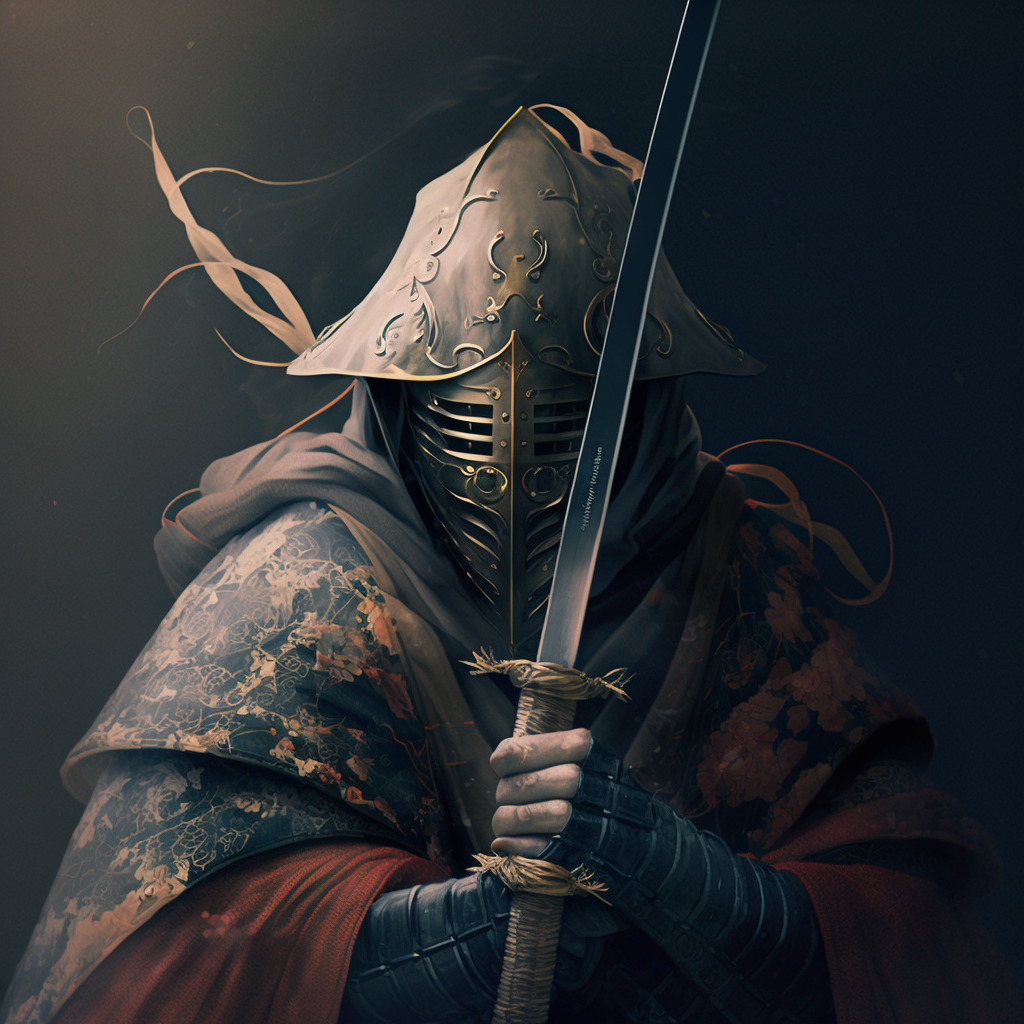Die Kampfkunst Escrima aus den Philippinen hat eine lange Geschichte vorzuweisen. Zunächst als Kampfkunst für das philippinische Militär entwickelt, wurde Escrima unter spanischer Herrschaft verboten. Nach der Herrschaft blühte die Kampfkunst wieder auf und erfreut sich heutzutage großer Beliebtheit.
Im Folgenden möchten wir die Entstehung von Escrima beleuchten und welchen Einflüssen die Sportart unterworfen war.

Die Wortherkunft
Die Bezeichnung Escrima kommt von dem spanischen Wort „esgrima“, welches so viel wie „Kampf“ oder „Scharmützel“ bedeutet. Allerdings ist Escrima auch unter dem Namen „Arnis“ als Kurzform für „Arnis de Mano“ bekannt. Übersetzt heißt das „Kunst oder Schutz der Hand“, allerdings meint es ein philippinisches Selbstverteidigungssystem, das Stöcke, scharfe Klingen und andere Waffen einsetzt. Waffenlose Techniken sind bei dieser Kampfkunst nur von sekundärer Bedeutung.
Darüber hinaus gibt es eine weitere, noch ältere Bezeichnung für die philippinischen Kampfkünste: „Kali“. Es setzt sich aus zwei Wörtern eines speziellen Dialektes zusammen, der auf einer philippinischen Inselgruppe gesprochen wird: „Ka“ steht dabei für „Hand“ und „Li“ für Bewegungen, sodass sich „Kali“ mit „Bewegungen der Hand“ übersetzen lässt.
Anfänge der Kampfkunst Escrima & Unterdrückung
Die Geschichte der philippinischen Kampfkunst ist lang und abwechslungsreich. Ihre Wurzeln reichen mehr als 500 Jahre zurück. Damals auch als „Arnis de Mano“ bezeichnet, wurde die Kampfsportart neben Schreiben, Lesen, Religion und Sanskrit an den Schulen unterrichtet. Kinder, die die Krieger-Klasse besuchten, mussten die Kampfkunst außerdem als eine Art militärische Ausbildung lernen.
Im Jahr 1521 kamen die Philippinen unter spanische Herrschaft. Es fiel den Spaniern sehr schwer, den Einwohnern ihren Willen aufzuzwingen, denn sie beherrschten ihre Macheten, Stöcke und Dolche so gut, dass diese Waffen nicht selten eine tödliche Wirkung hatten. Erst durch den Einsatz von Schusswaffen stellten die Spanier ein wenig Ordnung her. Im 18. Jahrhundert hatten die Spanier die Philippinen fest in der Gewalt und es war ab diesem Zeitpunkt streng verboten, „Arnis de Mano“ zu lehren oder auszuführen. Zudem durften Macheten und Dolche nicht mehr getragen werden. Diese Maßnahmen sollten dazu dienen, die heißblütigen Einwohner der Philippinen zu zivilisieren.
Escrima wird zur Geheimkunst
Daraufhin wurde „Arnis de Mano“ zu einer Geheimkunst und konnte nur noch im Verborgenen geübt werden. Einige Zeit später wurde die Kampfkunst nicht mehr von den Spaniern wiedererkannt, denn sie erschien erneut als Tanz zu einer Volksmusik auf der Bildfläche. Die Bewegungen wurden nun tänzerisch und ohne Waffen ausgeführt. Dieser Tanz stieß bei den Spaniern sogar auf Anklang, weshalb es erlaubt war, ihn bei öffentlichen Feierlichkeiten zu zeigen. Deshalb war das richtige „Arnis de Mano“ aber nicht ausgestorben. Bei Revolten zeigte sich immer wieder, dass es noch genug Menschen gab, die die Kampfkunst beherrschten.
Darüber hinaus übernahmen die Filipinos die Kunst der Spanier, mit Dolchen und Schwertern zu kämpfen. Daraus entwickelten sie das „espada y daga“, ein Kampfsystem mit Dolch- und Schwerttechniken, das sie in ihre eigenen Kampfkünste übernahmen. Von Generation zu Generation blieben diese zahlreichen regional sehr verschiedenen Kampfstile unter der Bezeichnung „Arnis de Mano“ erhalten und wurden durch die Jahrhunderte überliefert.
Die Rückkehr von Escrima im 20 Jahrhundert
Mit dem Jahre 1898 war auch das Ende der spanischen Herrschaft gekommen und die Amerikaner übernahmen die Macht auf den Philippinen. Das Arnis-Verbot wurde nun aufgehoben. Es durften wieder freundschaftliche Wettkämpfe öffentlich an Feiertagen gezeigt werden. Dennoch blieben die Türen der Arnis-Lehrer weiterhin geschlossen und Escrima blieb noch immer eine Geheimkunst.
Als schließlich der Zweite Weltkrieg begann, marschierten die Japaner auf den Philippinen ein. Viele Filipinos kämpften damals in Guerilla-Einheiten neben den Amerikanern. Etliche von ihnen haben dem Escrima-Training ihr Leben zu verdanken, weil sie nur deshalb in zahlreichen Nahkämpfen siegen konnten. Die offizielle Kampfwaffe war damals die Machete, mit der die Filipinos über einen langen Zeitraum im Rahmen des Trainings schon viele Erfahrungen sammeln konnten, sodass sie im echten Kampf gut gewappnet waren.
Heutige Verbreitung von Escrima
Nach dem Ende des Kriegs zog es viele Filipinos in die Vereinigten Staaten. Das Wissen über die Kampfkunst Escrima nahmen sie natürlich mit. Die meisten Auswanderer fanden in Kalifornien und Hawaii eine neue Heimat. In Kalifornien zog es sie vor allem nach Stockton, sodass Escrima dort seinen Einzug in die amerikanische Kampfkunst hielt. Viele berühmte Escrimadores wie Dentoy Revillar, Angel Cabales, John Latosa, Leo Giron und Max Sarmiento lebten dort.
Die Wiederentdeckung von Escrima ist aber in erster Linie Bruce Lee zu verdanken. Er stellte die Verwendung der philippinischen Stöcke in Filmen wie „Game of Death“ und „Enter the Dragon“ vor, womit die ein wenig vergessene Kampfkunst Escrima wieder ins Zentrum der Öffentlichkeit geriet. Bruce Lee hatte die Kampfkunst von Dan Inosanto gelernt, einem Filipino-Amerikaner, der im Jahre 1937 in Stockton in Kalifornien das Licht der Welt erblickte. Dan Inosanto hingegen hatte von vielen Escrima-Meistern wie Leo Giron und Ben Largusa gelernt.
Besonderheiten & FAQ
Escrima, auch bekannt als Arnis oder Kali, unterscheidet sich in mehreren wesentlichen Aspekten von anderen Kampfsportarten:
- Waffenbasiert: Im Gegensatz zu vielen Kampfsportarten, die mit unbewaffneten Techniken beginnen, beginnen die meisten Escrima-Schulen mit dem Training der Waffenfertigkeiten, in der Regel mit dem Stock oder dem Schwert. Die Philosophie dahinter ist, dass es einfacher ist, unbewaffnete Techniken abzuleiten, sobald die Waffenfertigkeiten beherrscht werden.
- Flexibilität: Escrima legt großen Wert auf die Fähigkeit, mit einer Vielzahl von Waffen und Situationen umzugehen. Ein Escrimador (Praktizierender des Escrima) wird oft trainiert, um mit beiden Händen kämpfen zu können und eine Vielzahl von Waffen zu verwenden, einschließlich Stöcken, Messern und manchmal sogar Alltagsgegenständen.
- Praktische Anwendung: Obwohl Escrima eine traditionelle Kampfkunst ist, legt sie einen starken Schwerpunkt auf die praktische Anwendung. Viele der Techniken, die im Escrima gelehrt werden, sind auf realistische Selbstverteidigungssituationen ausgerichtet.
- Kultureller Kontext: Als philippinische Kampfkunst hat Escrima einen starken kulturellen Kontext. Die Praktiken und Techniken reflektieren oft die Geschichte und Werte der philippinischen Gesellschaft.
Diese Unterschiede tragen dazu bei, dass Escrima eine einzigartige und wertvolle Ergänzung zum Spektrum der Kampfsportarten darstellt.
- Boxsack Basics: Findet den perfekten Boxsack für euer Heimtraining - 23. November 2023
- Mobbing am Arbeitsplatz: Tipps & Hilfestellungen für Betroffene - 15. November 2023
- Wohnung & Haus effektiv vor Einbruch schützen: 10 Tipps & FAQ - 3. November 2023
